International Standards:
- ASME B16.5(U.S. Standard):Class 150, 300
- EN 1092-1(European Standard): PN6 to PN25.
- JIS B2220(Japanese Industrial Standard):5K to 16K
- GOST 12820-82(Russian/CIS Standard): 0.1 MPa to 1.6 MPa
- SABS 1123(South African Standard): PN6 to PN16.
- DIN 2633 : PN6 to PN25.
- BS 4504(British Standard): PN6 to PN25.
Pros:
- High-Temperature Resistance: Made of stainless steel or alloys (e.g., Hastelloy) to withstand steam sterilization cycles.
- Corrosion Resistance: Ideal for acidic/alkaline cleaning agents (e.g., CIP/SIP processes).
- Robust Sealing: Flat-face (FF) or raised-face (RF) designs prevent steam leaks under pressure.
- Hygienic Design: Smooth surfaces minimize bacterial growth; compliant with FDA/EU GMP standards.
- Durability: Long service life even with frequent thermal cycling.
Cons:
- High Cost: Stainless steel or alloy materials increase manufacturing expenses.
- Complex Installation: Requires precision alignment and welding to avoid thermal distortion.
- Limited Flexibility: Not suitable for systems requiring frequent disassembly (use tri-clamp fittings instead).
- Weight: Heavy construction may require additional support structures.
- Maintenance: Gaskets (e.g., PTFE, graphite) need regular replacement due to steam degradation.
Description
A Sterilizer Autoclave Flange is a specialized flange designed for high-temperature, high-pressure sterilization equipment (autoclaves) used in industries like pharmaceuticals, food processing, and healthcare. These flanges ensure leak-proof connections in systems operating under steam sterilization conditions (typically 121°C–135°C and 15–30 psi).
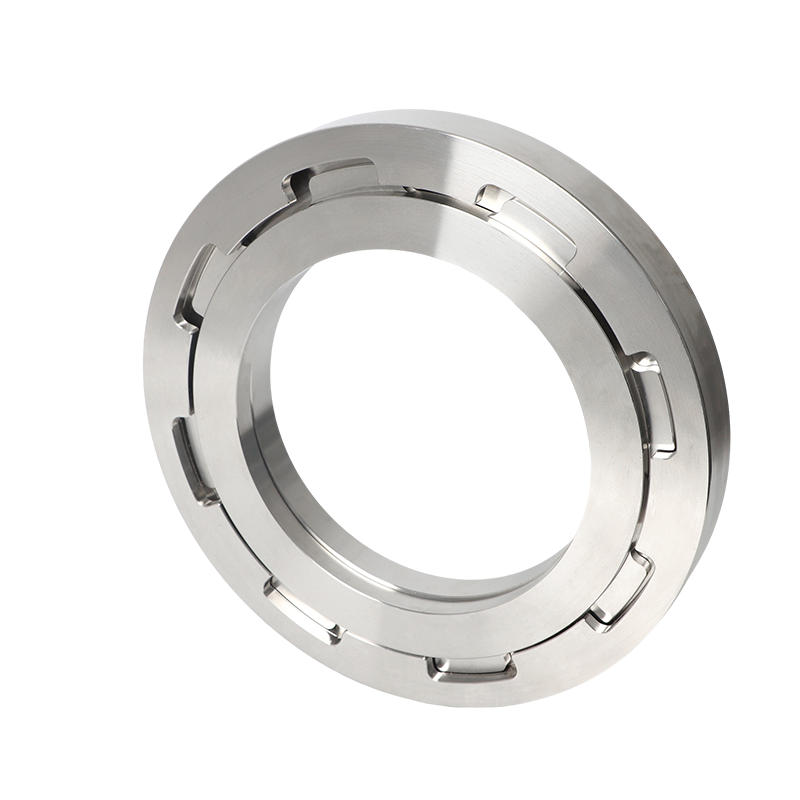
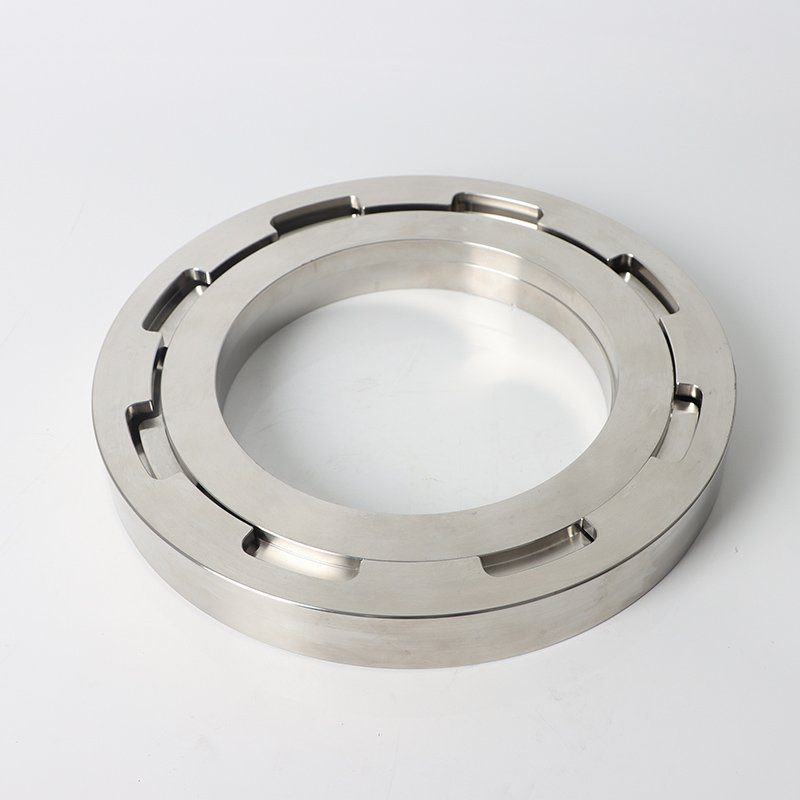
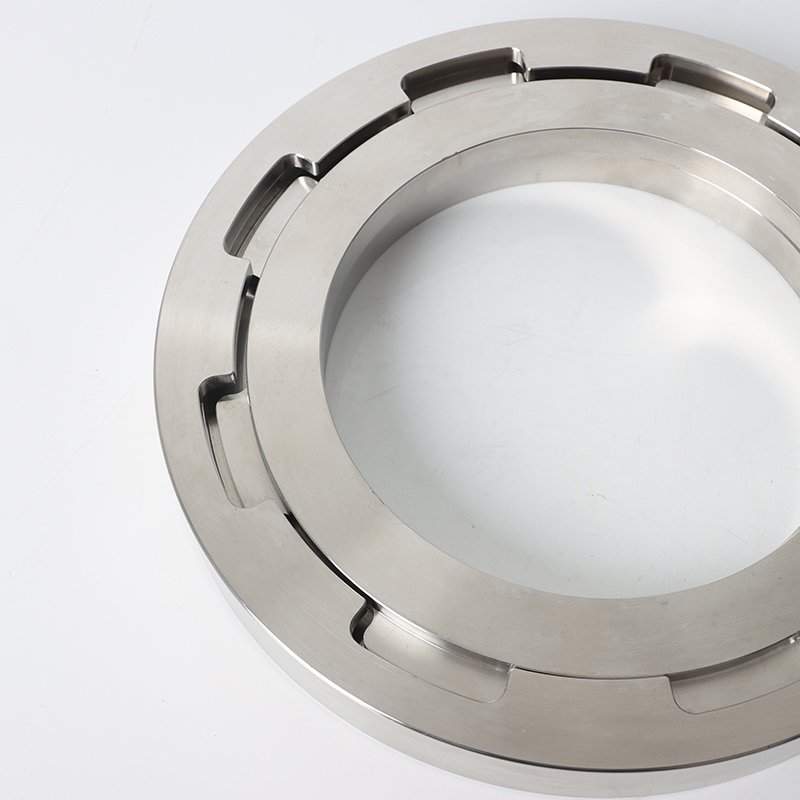
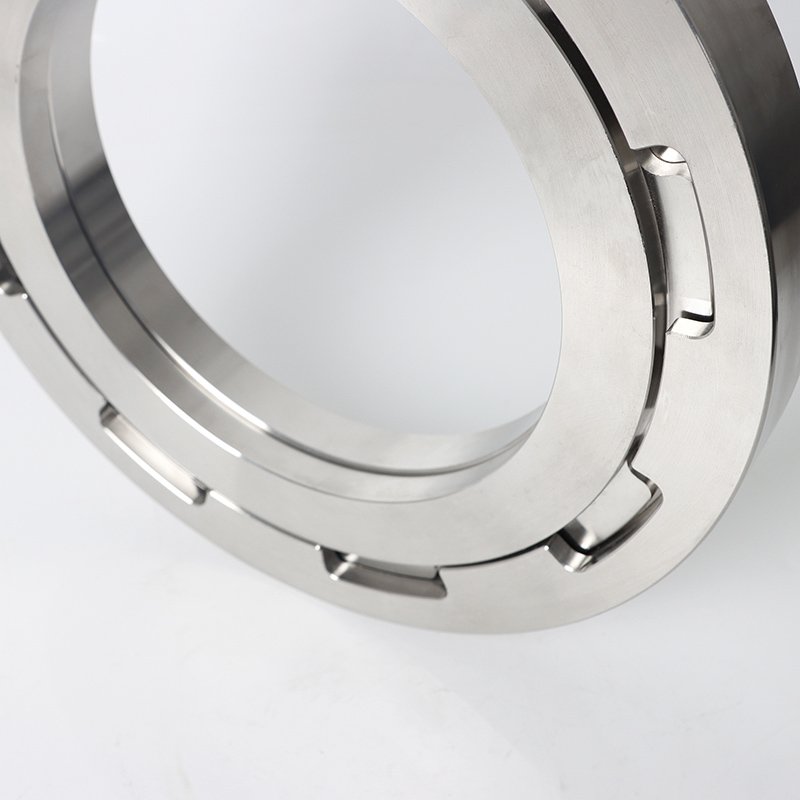
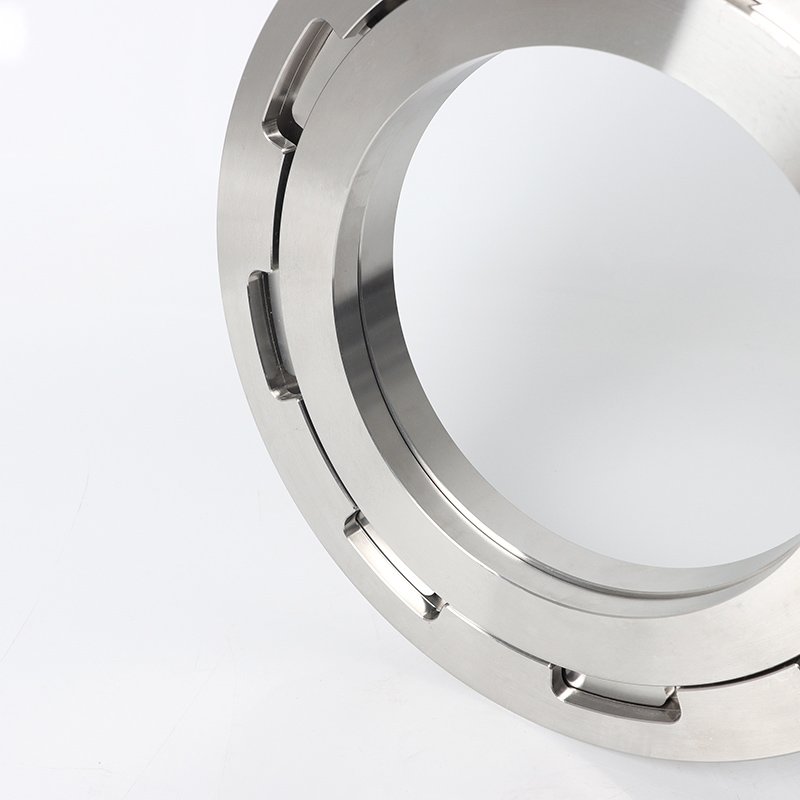



Cormack –
Best cost-performance ratio among three suppliers we compared. 316L flanges passed salt spray tests, but anti-rust packaging could be improved. Customer service responds within 24 hours for technical queries.😊